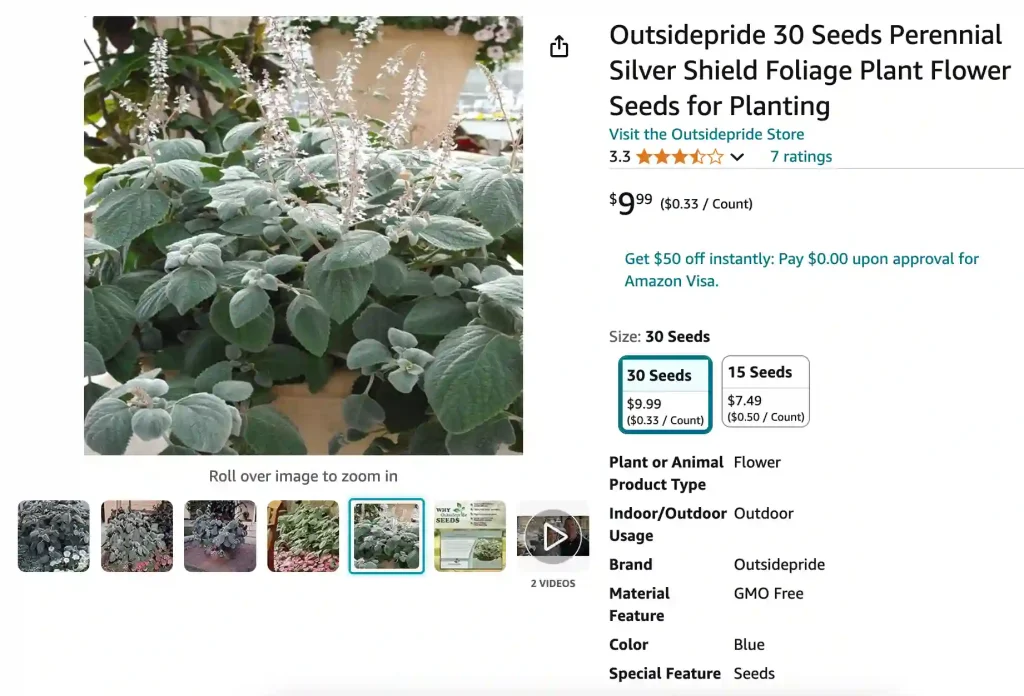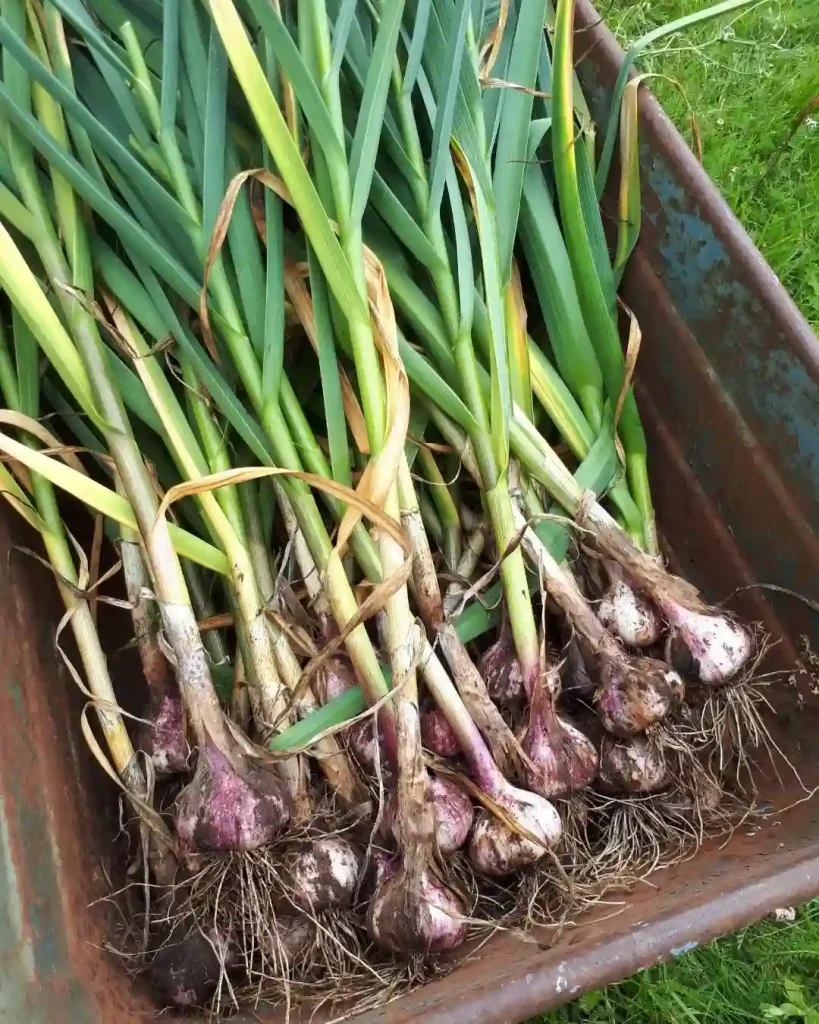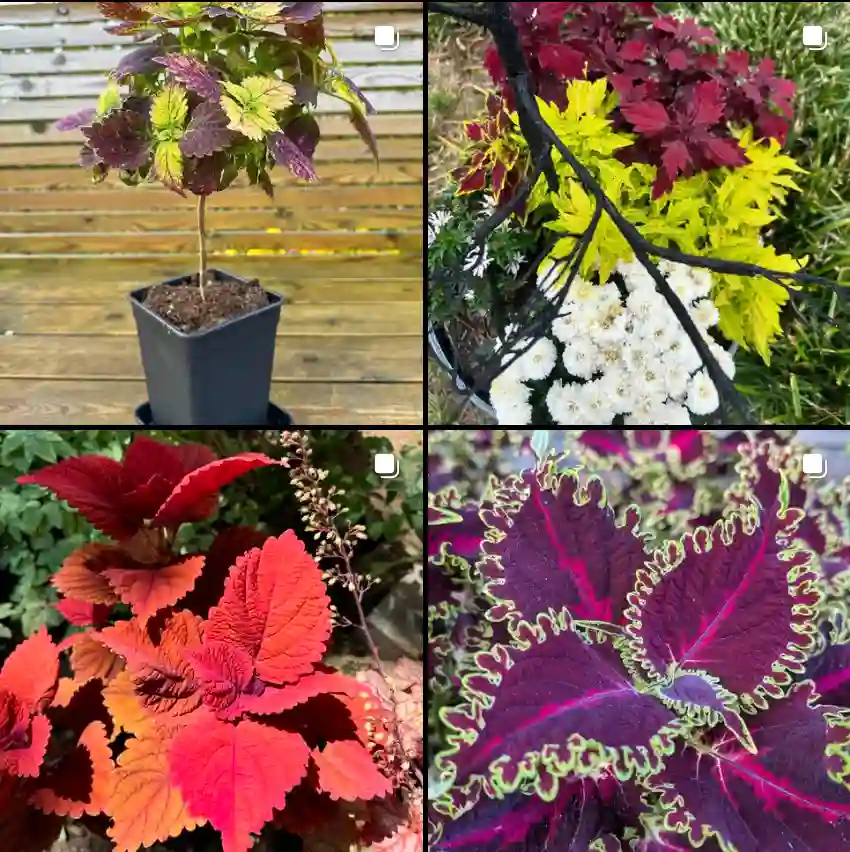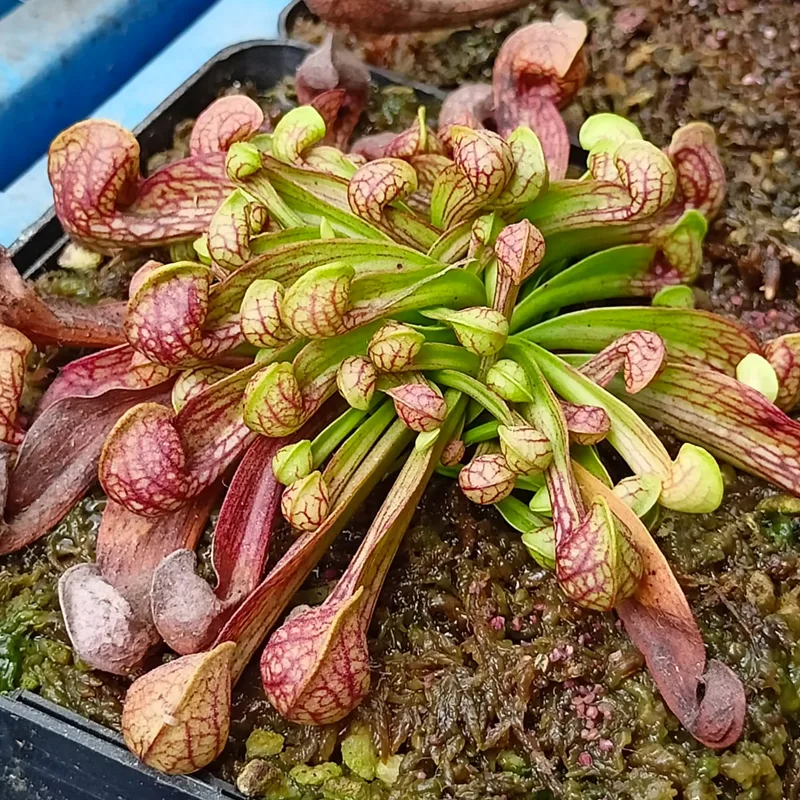
FAQs About Plectranthus Argentatus: Everything You Need to Know
As a plant enthusiast, I’ve grown to appreciate many plants for their beauty and versatility. One of my favorites is Plectranthus Argentatus – synonym of Coleus Argentatus, commonly known as Silver Spurflower. This plant stands out for its silvery foliage and soft texture, making it an excellent addition to gardens or containers. Over time, I’ve received plenty of questions about how to care for, propagate, and benefit from this beautiful plant. Let me share some frequently asked questions (FAQs) and my experiences.
302 Species in Genus Coleus
What Is Plectranthus Argentatus?
Plectranthus Argentatus, a synonym of Coleus Argentatus, is an evergreen perennial that belongs to the mint family, Lamiaceae. Native to Australia, this plant is prized for its attractive, silvery, velvety leaves. It can grow up to 3 feet tall and spreads out to form a thick, lush ground cover. While its foliage is the star of the show, Plectranthus Argentatus also produces small, pale lavender to blue flowers in late summer or early fall, though these are more of a subtle accent compared to the striking leaves.
How to Care for Plectranthus Argentatus?
Caring for Plectranthus Argentatus is quite simple. It thrives in a variety of conditions, but here are some tips that I’ve found helpful:
- Light: This plant prefers partial shade, especially in hot climates. It can tolerate full sun, but the leaves tend to look their best with a bit of protection from the harsh midday rays.
- Water: While drought-tolerant once established, Plectranthus Argentatus prefers regular watering. Keep the soil moist, but not waterlogged, as this can lead to root rot.
- Soil: Well-drained soil is a must. It tolerates poor soil, but it will thrive if you mix in some compost or organic matter.
- Fertilizer: A balanced, all-purpose fertilizer applied every few weeks during the growing season can promote lush growth. However, it’s not a heavy feeder, so you won’t need to fertilize frequently.
- Pruning: Trim it back to encourage bushier growth and maintain its shape. Pinching the tips will also help prevent legginess.
How to Propagate Plectranthus Argentatus?
Propagating Plectranthus Argentatus is easy, and I’ve had great success using stem cuttings. Here’s how I do it:
- Cut a healthy stem about 3-4 inches long, making sure to snip just below a leaf node.
- Remove the leaves from the bottom third of the cutting.
- Place the cutting in water or directly into well-draining soil. If you’re planting it in soil, consider using a rooting hormone to increase the chances of success.
- Keep the cutting in indirect light and water regularly. Roots usually form within a few weeks.
Propagation is a great way to share this lovely plant with friends or expand your garden.
What Can I Plant with Plectranthus Argentatus?
Plectranthus Argentatus is a versatile plant that pairs well with many other garden favorites. Its silvery leaves make an excellent contrast when planted next to darker foliage plants like Heuchera or Hostas. I also like to plant it alongside Salvia and Lavender for a soft, romantic look in the garden. In containers, it complements flowering plants such as Petunias or Geraniums, providing a lush background for their bright blooms.
Is Plectranthus Argentatus Toxic?
One of the questions I often get asked is whether Plectranthus Argentatus is toxic to pets. According to my research and personal experience, this plant is non-toxic to cats and dogs. It’s a safe choice for households with pets, making it even more attractive as a low-maintenance, worry-free plant.
What Are the Benefits of Plectranthus Argentatus?
Besides its aesthetic appeal, Plectranthus Argentatus offers several practical benefits:
- Drought-tolerant: Once established, it can handle periods of drought, making it a water-wise choice.
- Pollinator-friendly: The small flowers attract bees and butterflies, adding life to your garden.
- Erosion control: With its spreading habit, Plectranthus Argentatus is great for stabilizing slopes or covering large areas.
- Low maintenance: It doesn’t require a lot of fuss, making it ideal for both beginner and experienced gardeners.
Common Problems with Plectranthus Argentatus
Although Plectranthus Argentatus is generally a hardy plant, there are a few issues I’ve encountered over time:
- Overwatering: This is the most common issue I’ve seen. Too much water can cause root rot and yellowing leaves.
- Pests: While this plant isn’t particularly prone to pests, I have occasionally noticed aphids or whiteflies. These can be treated with insecticidal soap or a gentle spray of water.
- Cold damage: Plectranthus Argentatus is sensitive to frost, and cold snaps can cause damage. If you live in an area with harsh winters, consider bringing it indoors or growing it as an annual.
Plectranthus Argentatus vs. Plectranthus Silver Shield
These two plants are often confused due to their similar appearance. Both have silvery foliage and share the same growing requirements. However, Plectranthus Silver Shield tends to grow a bit taller and has more upright stems. I’ve grown both in my garden, and I find that Plectranthus Argentatus has a softer, more trailing habit, making it perfect for ground cover, while Silver Shield stands out more as a specimen plant.
Conclusion
Plectranthus Argentatus is a stunning, versatile plant that adds texture and elegance to any garden or container. Its silvery foliage, ease of care, and non-toxic nature make it a fantastic choice for a variety of settings. Whether you’re looking to create a soft, silvery contrast in your flower beds or need a low-maintenance ground cover, this plant won’t disappoint. It’s been a pleasure growing and sharing it with others, and I highly recommend it to anyone looking to add a bit of sparkle to their garden.
If i die, water my plants!



